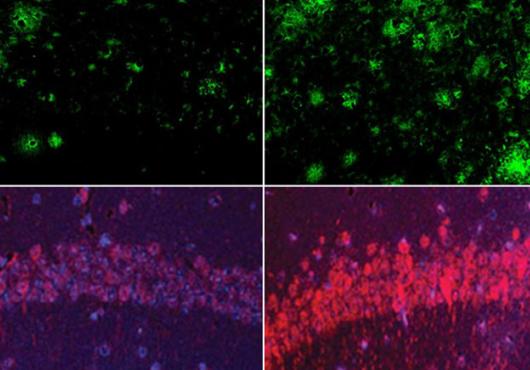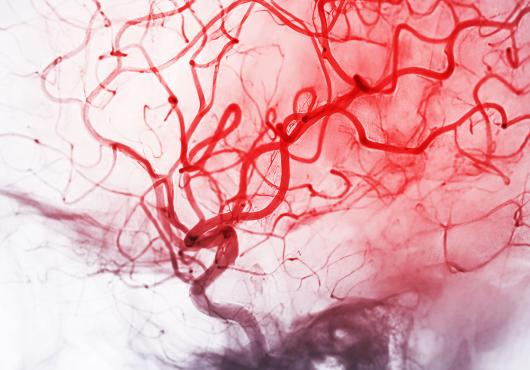The attack of the immune system on normal healthy cells and tissues in the body causes a range of autoimmune diseases. The recent discovery of the role of a ligand-activated transcription factor, aryl hydrocarbon receptor (AHR), has shed light on how two key immune cell types can control experimental autoimmune encephalomyelitis (EAE), an animal model of one of these diseases, multiple sclerosis.
The yin and yang regulation of autoimmunity is managed by regulatory T cells (Tregs), responsible for inhibiting the immune response against healthy cells, and pro-inflammatory IL-17–producing T cells (TH17s), which mediate the destruction of cells infected with pathogens. A tip in the balance in favor of Treg activation can inhibit autoimmune disease. Since the discovery that Foxp3 promotes Treg differentiation, there has been a quest to determine what regulates this transcription factor.
The laboratory of Howard Weiner, the Robert L. Kroc professor of neurology at Brigham and Women’s Hospital, identified AHR as a central T cell regulator that not only mediates the production of Tregs but also promotes the activation of TH17 cells. The surprising finding was that AHR can mediate opposite roles in the immune response and the induction of Treg or TH17 cells was dependent on the ligand used to activate AHR.
In the study, published online on March 23 in Nature, Weiner’s group demonstrated that AHR activation by 2,3,7,8-tetrachlorodibenzo-p-dioxin (TCDD) suppressed EAE while another AHR ligand, 6-formylindolo[3,2-b]carbazole (FICZ), aggravated it. These opposing effects were attributed to the distinct T cell and cytokine profile induced by each ligand.
Treg cells mediated EAE protection in mice injected with TCDD. A significant increase in the number of Treg cells isolated from the lymph nodes was observed in TCDD-treated mice. Furthermore, by transferring these cells to animals that were not exposed to TCDD, the protection was passed on. In contrast, exacerbation of EAE in FICZ-injected mice was the result of an upregulation in TH17 cells and related cytokines and a decrease in Treg production.
“The ability of AHR to regulate Treg and TH17 differentiation in a ligand-specific manner makes it a unique target for the therapeutic manipulation of the immune response,” said Francisco Quintana, HMS instructor in neurology at BWH and the first author of the study.


